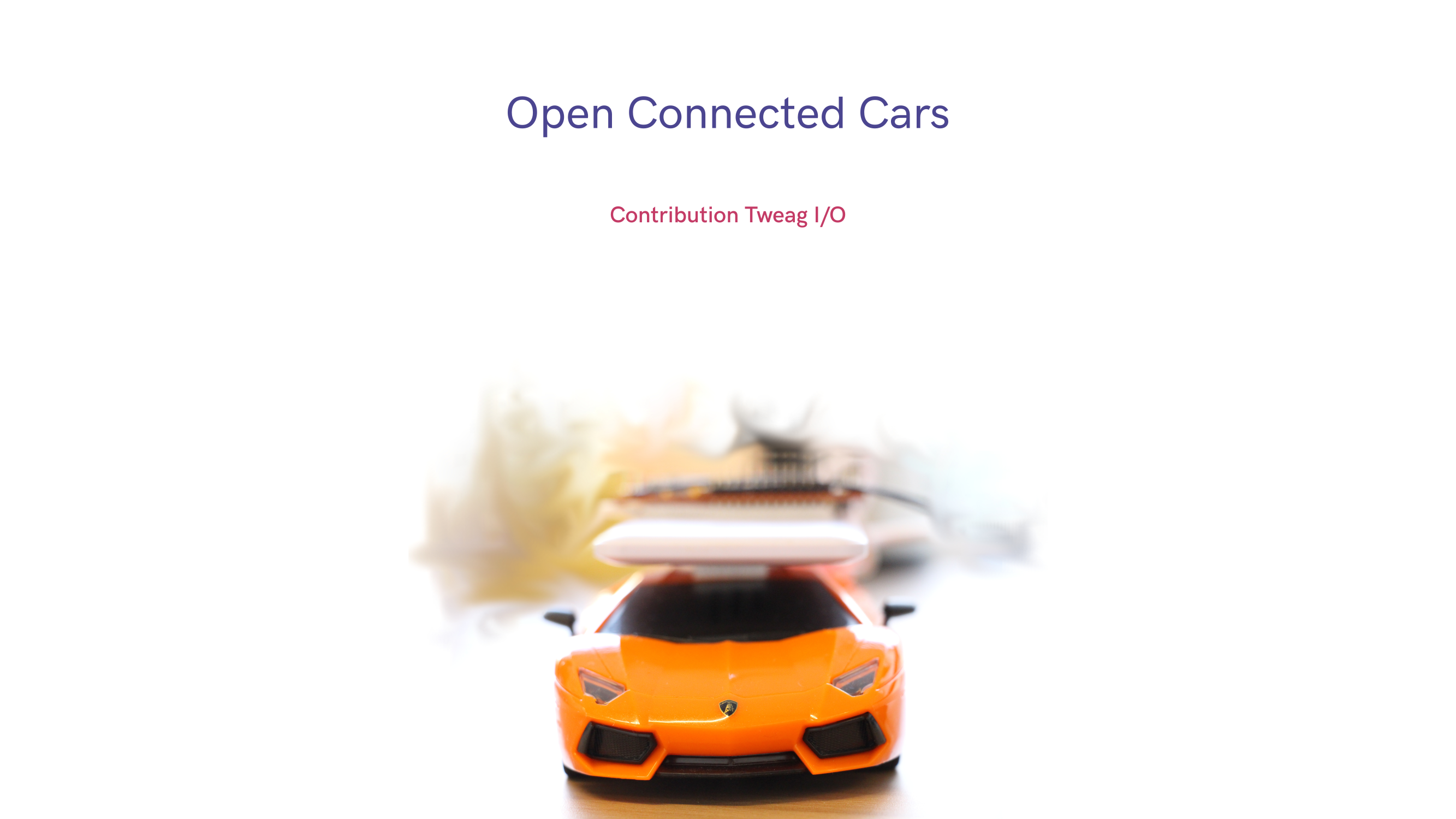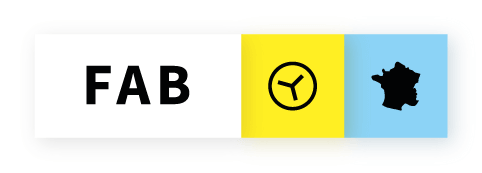Tweag.IoT.2.Blockchain
End to end solution for connected car from IoT to Blockchain
We propose a end to end solution to record accident parameters, improve driving behavior and improve efficiency of insurance claim process, by recording on-board IOT information, send information to cloud for data science analysis and then store the accident into a blockchain to make the information available for insurance claim processing and adjudication.
Organisations utilisatrices ou intéressées pour utiliser la ressource :
Contributeur(s) :
Tags : iot, blockchain, machine learning, insurance, deep learning
Catégories : Logiciel
Thème : Blockchain, Voiture Connectée
Référent :
Défi auquel répond la ressource :
Personnes clés à solliciter :
Autre commun proche :
Richesse recherchée :
Compétences recherchées :
Communauté d'intérêt :
Type de licence : Creative Commons
Conditions Générales d’Utilisation (CGU) : MIT License
Niveau de développement : POC et 1er client
Lien vers l’outil de gestion des actions :
Lien vers l’outil de partage de fichiers : https://github.com/tweag/connectedcar
Besoins : We are looking for partnership with a player in the automotive industry to bring this PoC to the industrial stage and also to partner with an insurance player to explore the automation of insurance claim processing and adjudication using blockchain.
Prochaines étapes : We need to fund research and development time, we estimate we will need two FTE for a year to bring this PoC to an industrial stage.
Documentation des expérimentations :
Autres informations
Liste des acteurs qui utilisent ou souhaitent utiliser ce commun :
Liste des CR d’atelier en lien avec ce commun :
What is the challenge about?[modifier | modifier le wikicode]
The challenge is about using the mangOH IoT platform for sensor data from connected cars. We propose a end to end solution to record accident parameters, improve driving behavior and improve efficiency of insurance claim process, by recording on-board IOT information, send information to cloud for data science analysis and then store the accident into a blockchain to make the information for insurance claim processing and adjudication.
The mangOH board “mangOH red” continuously records one or two minute time series coming from different connected sensors :
- Accelerometer (CAN or built-in)
- Gyroscope (CAN or built-in)
- Speed (CAN or built-in)
The mangOH device communicates via a SierraWireless SIM with the associated AirVantage IoT cloud.
What is our proposed contribution?[modifier | modifier le wikicode]
We use the embedded sensors to detect a car accident from acceleration data, we monitor the accelerometer on the X axis. A potential accident event is sent to a cloud database where it waits for validation. We collect two minutes of sensors data before an accident and one minute after.
The data stored is then be used to try to determine the root causes of the accident with machine and deep learning technologies. Validation of the accident is obtained when a dynamic lightweight consensus is reached. In our case we have taken into account the device and two additional smartphones that validate that they witnessed an accident, in production it can be more devices. The event is then logged into a data storage that is protected against alteration, in our Poc we have chosen to store it into an Ethereum blockchain, to make the information available for insurance claim processing and adjudication. We have made a live demo of this with a toy car that is crashed into a wall.
What could this solution be used for? How can it be sold?[modifier | modifier le wikicode]
We can propose for the production stage to implement a partitioned blockchain framework for auto-insurance claims and adjudication, for connected (and/ anonymous) vehicles that tracks both sensor and entity interactions with two sided verification.
The data put into the data lake can be used to analyze driving behaviour to help prevent accidents by applying data science algorithms to determine the behavior that leads to an accident.
We could use smart contracts to provide on demand coverage. After an accident the driver/owner can use an app to dynamically change the status of his insurance; each modification and pictures hashes are saved in the blockchain within a smart contract to certify any change. The solution could help lower policy modification costs and limit insurance fraud.

 Français
Français English
English Italiano
Italiano